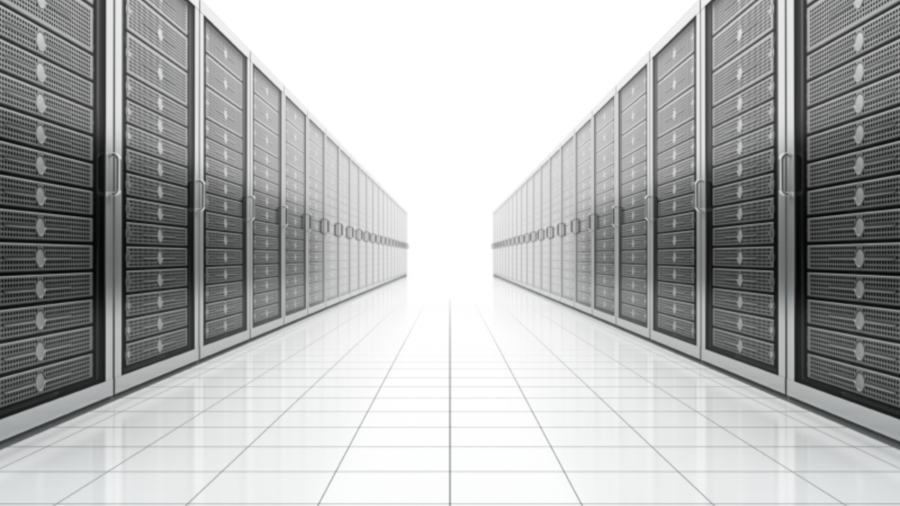What will the data centre of 2025 really be like?
Exploring the possibilities for future data centres

The Emerson Network Power "Data Centre 2025: Exploring the Possibilities" survey is an industry-wide initiative that raised key questions such as "what are the data centres of the future?" and "what can we expect from the data centre by 2025?"
Led by Emerson Network Power, the survey aimed to create a vision of the future of the data centre and address upcoming changes and issues that are expected to arise in the next 11 years. The survey includes opinions and contributions from over 800 industry professionals across three continents, such as InterXion, Forrester, IBM and EMC.
We spoke with Ian Bitterlin, the Chief Technology Officer at Emerson Network Power EMEA, and discussed his forward-thinking insights into how the data centre is likely to evolve and what the data centre will be like in 2025.
TechRadar Pro: Where will data centres get their power in 2025?
Ian Bitterlin: The answer is dependent on multiple factors such as location, demand for computing and storage, and the evolution of technology.
Our survey respondents predict that by 2025 data centres will move away from fossil fuels and adopt renewable energy solutions, particularly solar. In today's market, solar power makes up 1% of the power generated in the US, but it is possible that, by 2025, this figure could rise to 20%. It was not clear why data centres should attract more of a share of renewable power than other users but the survey respondents predicted this would be true.
However, to cope with this explosive level of predicted growth, solar technology will need to make some considerable advancements in the next decade. As an example, currently, a square-metre solar panel can generate about 600 kWh per year in Western Europe.
Are you a pro? Subscribe to our newsletter
Sign up to the TechRadar Pro newsletter to get all the top news, opinion, features and guidance your business needs to succeed!
This means that supporting power densities of a 6 kW/rack (an average rack power demand) would require ninety square metres of solar panel for each data centre rack without even factoring in cooling. Currently even with only 2% of power coming from solar, the size of the solar array would be almost double that of the data centre itself!
However, it is likely that other non-renewable sources will play a role. Research from Microsoft's Global Foundation Services suggests that data centre engineers have also started exploring the possibility of powering a data centre entirely by fuel cells built into the server racks – resulting in the power plant being brought inside the data centre and minimising power distribution losses.
TRP: How much power will data centres need in 2025 compared to the data centres of today?
IB: The data centre is consistently being asked to do more: handle more capacity, deliver more availability and achieve higher resource effectiveness. These advances in data centre technology are due to the forward thinking of the people managing the business-critical facilities – the same people who are likely to continue to evolve the data centre in the future.
Our survey suggests that by 2025, due to more effective equipment, data centres will require much less energy to produce the same level of computing performance available today.
However, it is also clear that the demand for digital services has historically always outstripped technology advancements by a considerable margin, resulting in data centre power growth regardless of those advancements.
TRP: How will cloud computing impact data centres over the next few years?
IB: As cloud computing becomes more advanced, we are likely to see a higher adoption of the cloud in data centres, with around 60% of computing expected to be cloud-based by 2025. This increase may result in the enterprise data centre shrinking in size over the years, inadvertently providing terms of greater flexibility in data centre location, making it more feasible to locate these smaller data centres in denser urban environments with higher real estate costs.

Désiré has been musing and writing about technology during a career spanning four decades. He dabbled in website builders and web hosting when DHTML and frames were in vogue and started narrating about the impact of technology on society just before the start of the Y2K hysteria at the turn of the last millennium.